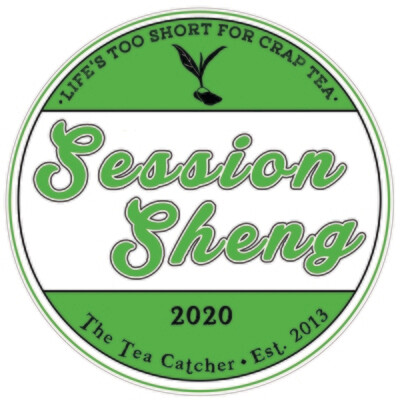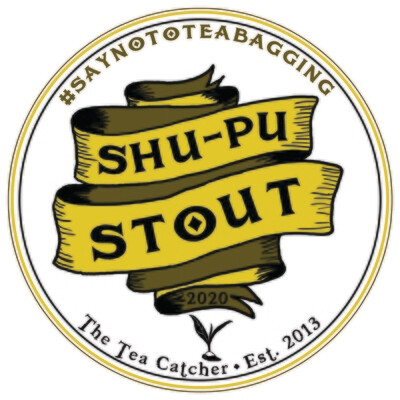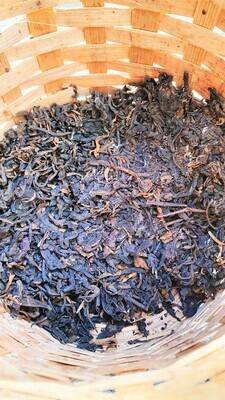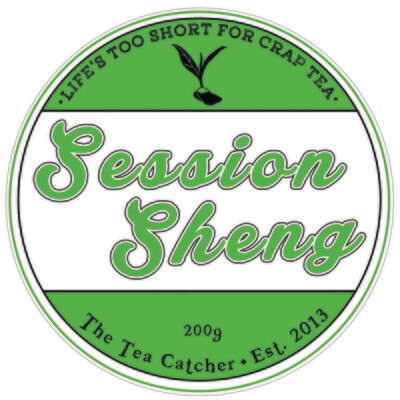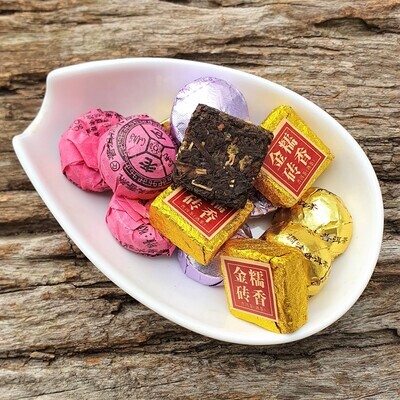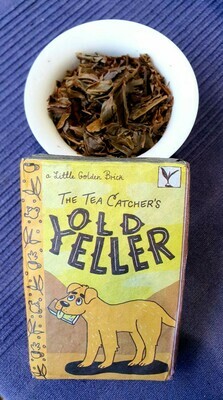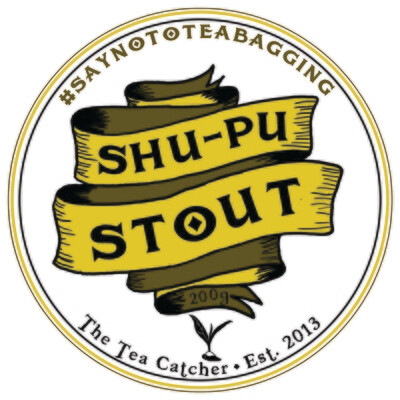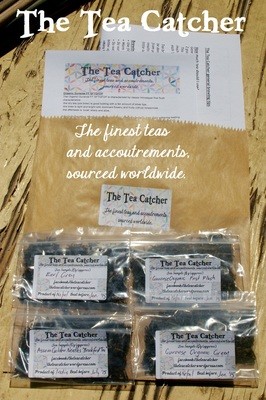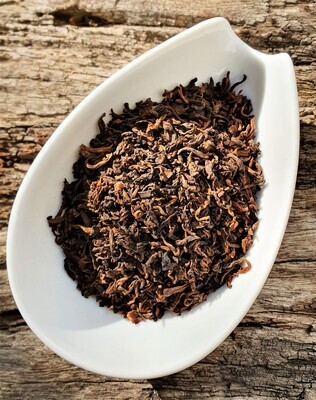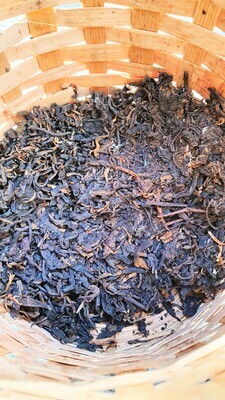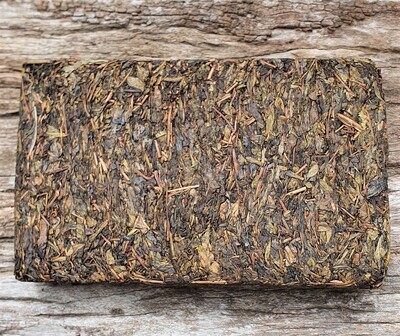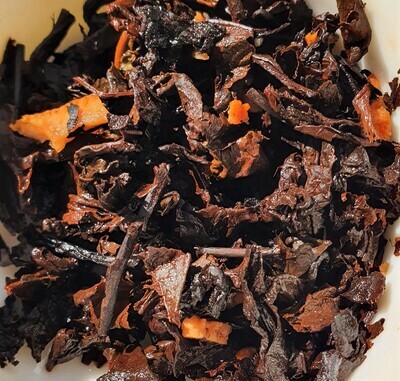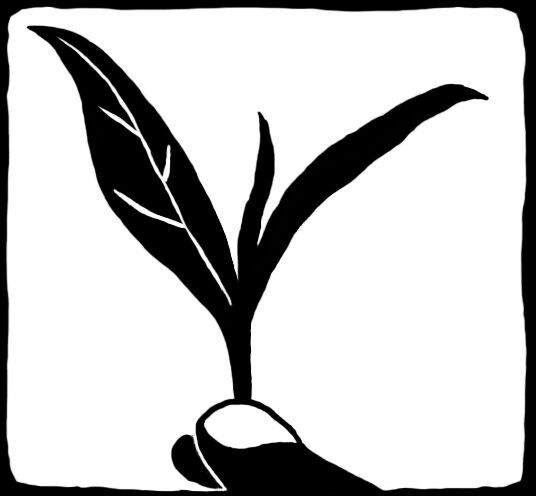

The Tea Catcher
The finest teas and accoutrements, sourced worldwide.
Puer / Hei cha
Pu'er or Pu-erh tea is a variety of fermented (oft. called “post fermented”) dark tea generally produced in Yunnan province, China. Post fermentation is a tea production style in which the tea leaves undergo microbial fermentation and oxidation after they are dried and rolled. This process is a Chinese specialty and produces tea known as Hei Cha, commonly translated as dark, or black tea (this type of tea is completely different from what in West is known as "black tea", which in China is called "red tea").
All types of pu-erh can be stored to mature before consumption, which is why it is commonly labelled with year and region of production, and was once traded with the Tibetans for salt and strong horses for the Chinese army. Tea as a commodity became so important, that the route from China to trade with Tibetans, Nepalese, Indians and Burmese peoples became known as “Tea Horse Road”.
There are two types of pu-erh, the traditionally made Sheng (raw) pu-erh, and the more contemporary Shou (ripe) pu-erh. Both styles begin with a starting tea, called Mao-Cha, (and can be sold in this form or pressed into a number of shapes.) This is made with tea leaves that are plucked, sorted, withered, heated, rolled, and finally dried. After this tea is prepared, a distinct process of fermentation takes place, which is where the two pu-erh styles differ.
Sheng pu-erh: In the traditional and time consuming method, the mao-cha is steamed and compressed into shapes with stones, or metal molds. The moist tea discs (or bowls/nests, squares, mushrooms, or melons) are stored in a controlled environment to keep microbial activity going. The tea slowly ferments and ages. Pu-erh is said to be ready after 10 years, but it can continue to age for many more decades, continuing to develop flavour and character. For a period, wealthy businessmen collected pu-erh discs, which increased in value as they aged.
Shou pu-erh: Shou is the quicker, more contemporary method of making pu-erh. The fermentation process occurs in the factory, by piling the misted mao cha and turning it for several months. The tea becomes oxidized, hot, and fermented (a little like compost!) and then is dried and compressed, or sold as loose tea.
Many Chinese people drink pu-erh to aid in the digestion of fatty foods, as a liver support and to promote slimming. (though most of these claims still require medical confirmation it does seem to be fairly helpful with hangovers......!.)
Prep.- rinse for once 10-20 secs.then steep often at 95-100deg.C initially for 20 sec. Increasing with each steep. Enjoy the wild and funky world of the Puerh teas...!
About us

Stu
owner/operator
About The Tea Catcher
1997-2001 The Tea Catcher lived, travelled, worked and studied in India, Nepal, Sri Lanka, Switzerland, Italy and the Czech Republic. During this time he drank much tea and visited tea growing regions.
2001-2009 Was spent mostly in Europe working with fine foods and olive oils in Italy, wine in Switzerland and tea in Prague. It was here in the cold winter months that The Tea Catcher passion was ignited. Much time was spent in the many tea rooms found all over the Czech Rep., drinking, learning and assisting, and also with Tea Mountain(.cz) as his business began and grew.
2010-today on return to Australia, The Tea Catcher seed, planted years ago, began its’ growth, leading to the purveyor of “the finest teas and accoutrements, sourced worldwide” that you see today. New teas, pots etc are constantly being chased, studied, sampled and ordered to bring the freshest, best and most interesting to you as soon as possible. Watch this space…..!
…and enjoy…!
cheers, Stu
for more info contact me at- theteacatcher@gmail.com

